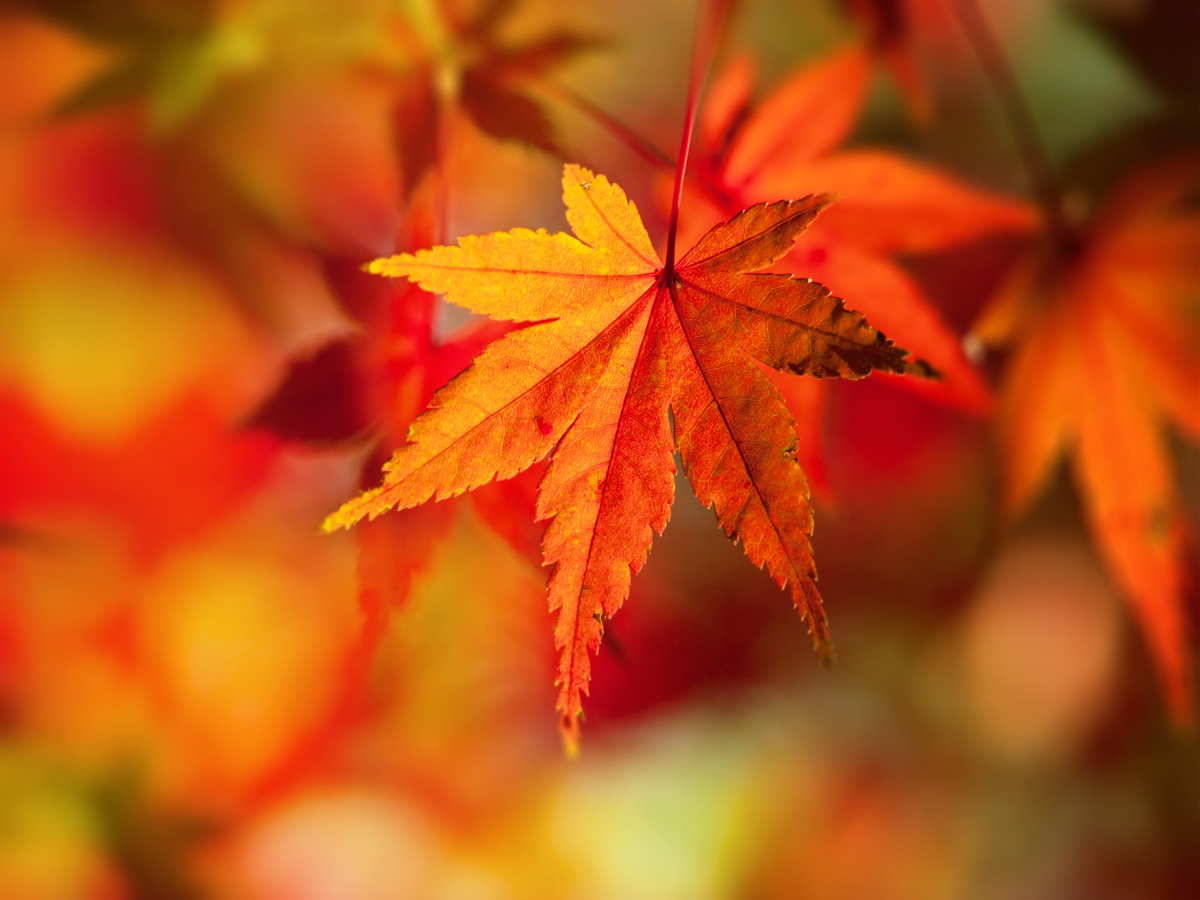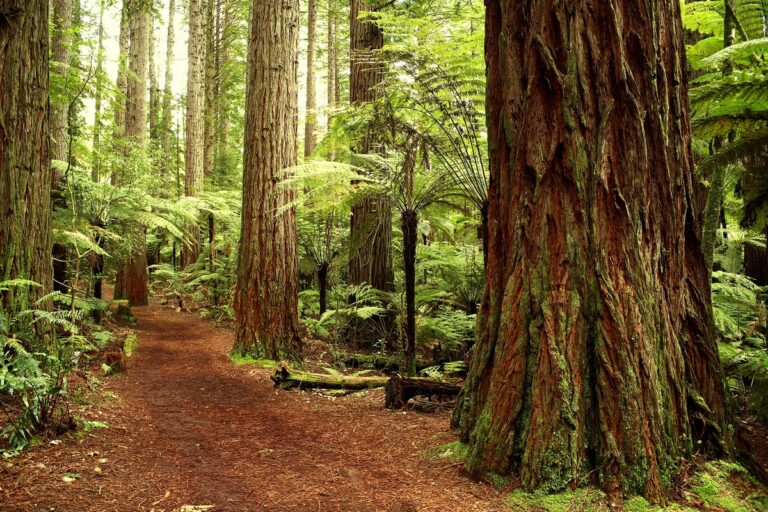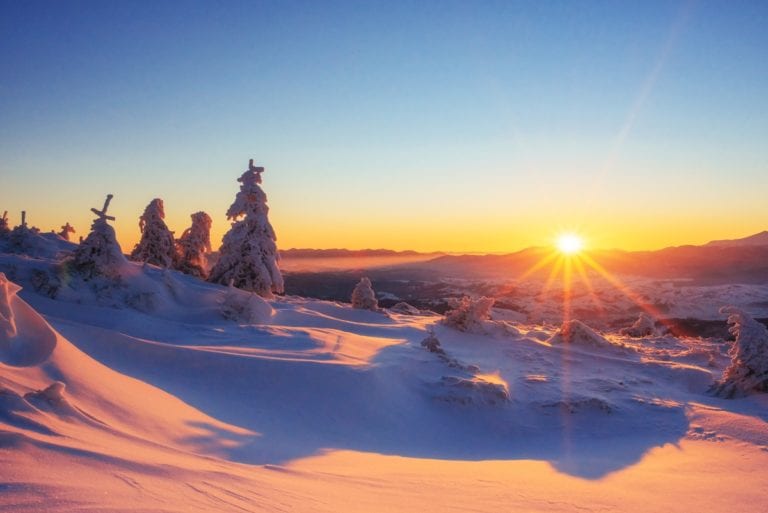November Audio Meditation
Here’s our November meditation. If you’d rather do this meditation with images, we’ve also included our YouTube version…
Here’s the YouTube version:
Meditations, experiments, books and guided meditations to assist with nourishing spirituality, healing childhood wounds, and living more consciously.
Meditations, experiments, books and guided meditations to assist with nourishing spirituality, healing childhood wounds, and living more consciously.

Here’s our November meditation. If you’d rather do this meditation with images, we’ve also included our YouTube version…
Here’s the YouTube version:

Walking across Central Park on the morning I go to my office to water plants and pick up mail, I was struck—as I always am—by the return of the green. All over the park, many trees are putting out leaves, others are laden with beautiful flowers, bushes are filling out with their green garb. The main feeling of it all is an expression of the abundant presence of life, of the intelligence and vibrant expression of Nature’s intelligence and creativity.
As I took in the beauty all around me, I was reminded, powerfully, that this beautiful planet doesn’t need us, but we cannot survive without its gifts. We and all our earth kin are part of a complex ecology that many of us have studied for years and yet, collectively, many of our human kin somehow haven’t taken in or taken seriously this fact of our planetary life. With Covid-19 now a painful and challenging reality, and with the worldwide halt in our usual activities, we vividly see the impact we have had on our environment. Skies have cleared. Mountains hidden from view for decades now stand out clearly in the landscape. Waterways are clearing and wildlife is returning to areas previously avoided because of human activity. Even as we see how resilient and stunningly responsive the planet is when we stop polluting as we have been doing for so long now, I find myself wondering how many of us will remember this and commit to finding new ways to go forward.
Read More “785th Week: Cultivating A Sense of “Earth Kin””
A while back (764th Week’s practice), I wrote about choosing frequencies and engaging practices that make that process more fluid. Another helpful approach is to cultivate an awareness of the “foreground/background” dynamic that is present in every moment. Whatever is in the foreground of your awareness, there is likely to be something different in the background.
One way to think about these foreground/background dynamics could be the distinction between moments of upset in the foreground and an awareness of the present-day observer in the background. The observer is the part of us that notices what we experience and is able to make choices about what to do with what we notice. In this case, we’re exploring finding ways to shift from the foreground upset to a background of a more regulated quality, if that’s what you choose to do.
Drawing on an awareness of foreground/background allows more choice about whether you want to continue with the focus of your attention and experience or if you want to shift frequencies to something else that you may find in the background. For example, you may be upset over a news report you just heard, with your body tense, fear in the foreground, and thoughts of what terrible things might unfold. These responses are natural in these times, but you don’t need to live there. Once you notice how distressed you are, it’s possible to become curious about what might be in the background. Perhaps you notice a quality of quiet, or ease, internal steadiness, or reassurance of some kind. This doesn’t mean you are ignoring or denying issues that are realistically upsetting. Instead, it means that you will be able to respond more coherently if you aren’t caught up in the activation related to them.
Read More “778th Week: Foreground/Background Dynamics Revisited”
I’ve written many times about the importance and impact of the frequencies/ energies/qualities we resonate with, and which we radiate as we move through our daily lives. It’s equally important to notice the qualities that affect our body-mind experience—that impact our moods and thoughts, along with our physical sensations. Equally important are the qualities we spontaneously and automatically contribute to the world around us in every moment. This process is often outside our conscious awareness—the fact that we constantly affect the world around us with the energies we naturally radiate as we move through our everyday activities and interactions.
When we remember that we live within a context of collective consciousness (if this is an idea that resonates with you), we can remind ourselves that in every moment we contribute to and draw from this collective, most often outside our conscious awareness. We also aren’t usually aware of the ways in which our own thoughts, feelings, and physical sensations are also affected by collective consciousness. For example, if something is happening in the world that creates a lot of fear, any fear we may hold as individuals is amplified by the collective experience of this same emotion. If we are in a group of people expressing deep love and support, our personal experience of comfort or well-being will also be enhanced.
This presence of collective consciousness is the field within which subtle activism finds its impact. It is within this context that practices that invite us to radiate love, compassion, kindness, and other positive emotions finds its place. Also (again, if this resonates with your own belief system) there are many forms of collective consciousness, from our global human family to Nature itself, from the smallest, most intimate environment to earth’s varied landscapes and grand natural wonders. We are connected to, and affected by, all these collective fields of consciousness, even as we are usually not conscious of these connections and their impact on us and ours on them.
Read More “886th Week: Radiating Frequencies as Service and Subtle Activism”
Sitting in Central Park doing a meditative practice that has become very important to me, I find myself accessing ever deeper love for this beautiful planet. The practice is below but, first, I want to say a few things about strengthening our heart-based relationship with our amazing home, our planet and the Nature we are part of that manifests through a powerful and dynamic creativity and intelligence.
When I was in graduate school, many years ago, I wrote papers on what I called, at the time, “psychoecology” because I couldn’t think of any other term that would encompass our psychological experience of, relationship with, and responsibility toward our Earth mother. Way back then, which was in the early-to-mid ‘70’s (I didn’t go to graduate school until I was in my early 30’s), I was looking for a way to put into words, and then to develop practices around, our Western-oriented human family’s disconnect from our larger other-than-human earth family.
Recently, I read a book called “Towards an Ecopsychotherapy”, by Mary-Jayne Rust. It was published in 2020 and includes within its many offerings a focus on helping clients acknowledge and address their anxiety and grief around what’s happening on the planet. This includes climate change, mass extinctions, and the hazards we now face because of our lack of understanding of our place within Nature’s complex and dynamic eco-system.
Read More “847th Week: Cultivating Love for the Earth”
Given the conflicted state of our human family, a state we’re more aware of than ever with our globally interconnected network on the web, practices that support a sense of relatedness are needed for all of us. I’ve written many times about how we are kin not only with every other human being on the planet but also with every other lifeform. All of us are born of this planet, which makes all of us part of one earth family.
I started to write a practice on lovingkindness, which I’ve written about many times, and then found myself shifting into thinking about a practice more focused on recognizing our kinship with one another from a particular perspective—from what Thich Nhat Hanh has described: we interare. He has coined a word, a verb, which is also a concept: interbeing. Charles Eisenstein uses this concept in his work, as well, and I recommend watching videos of his on YouTube. Interbeingmeans that we are inescapably interconnected and interdependent, that there is no way for us to be separate from one another nor from the ecological framework of our source of physical life—from Nature, from every functioning aspect of our planet and all the lifeforms on it.
Read More “777th Week: Revisiting the Reality of Interbeing”